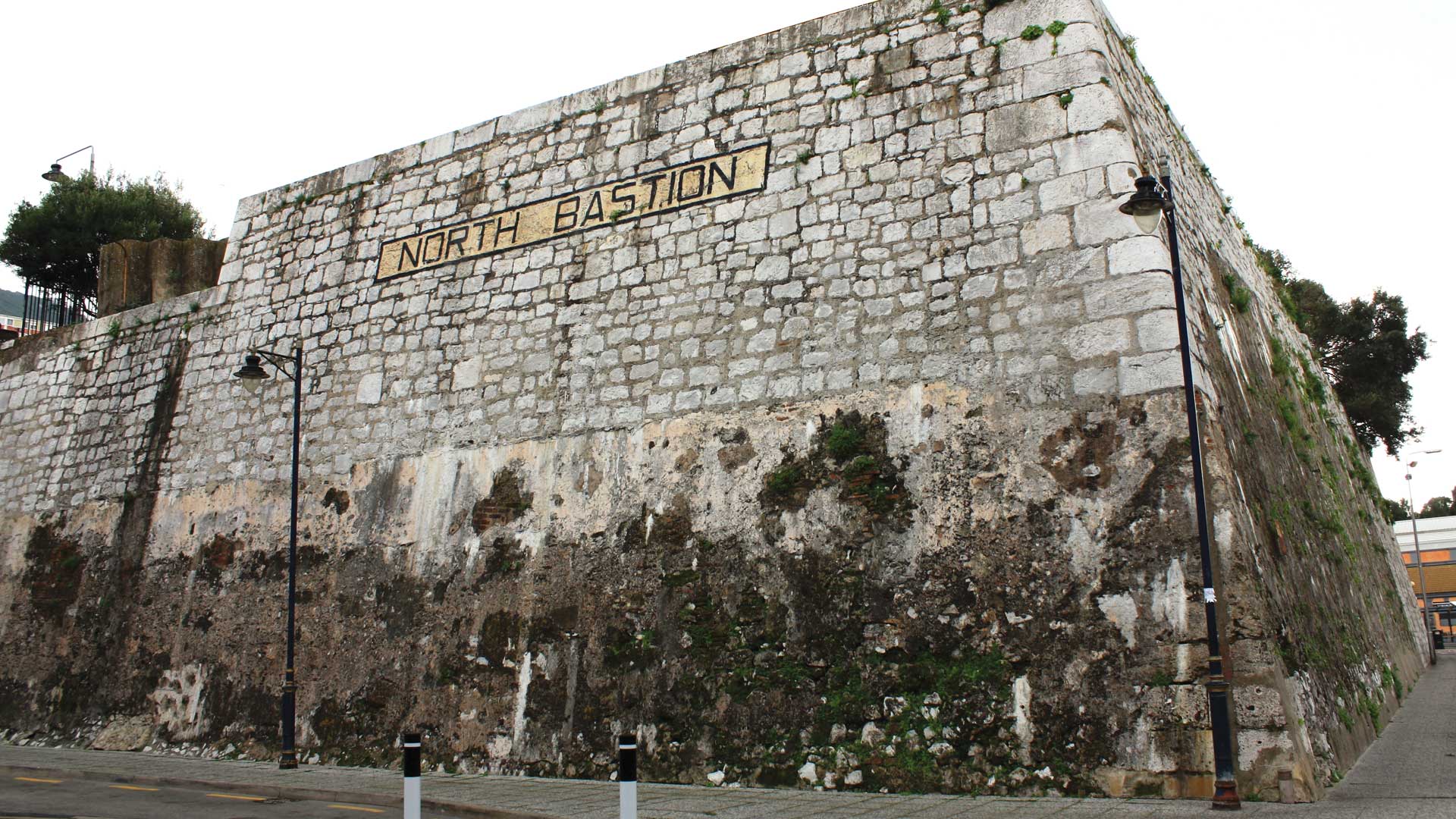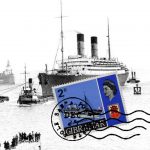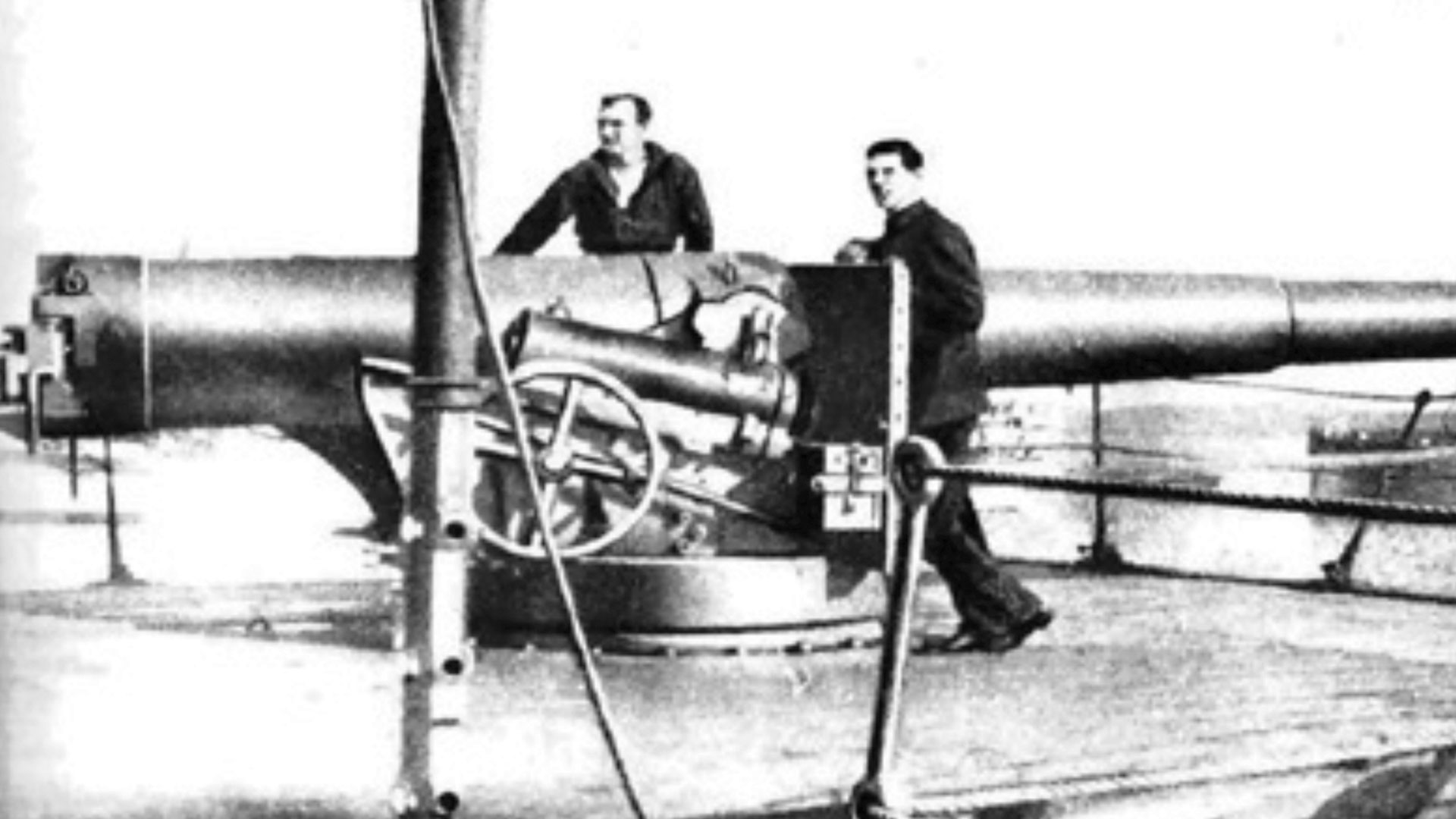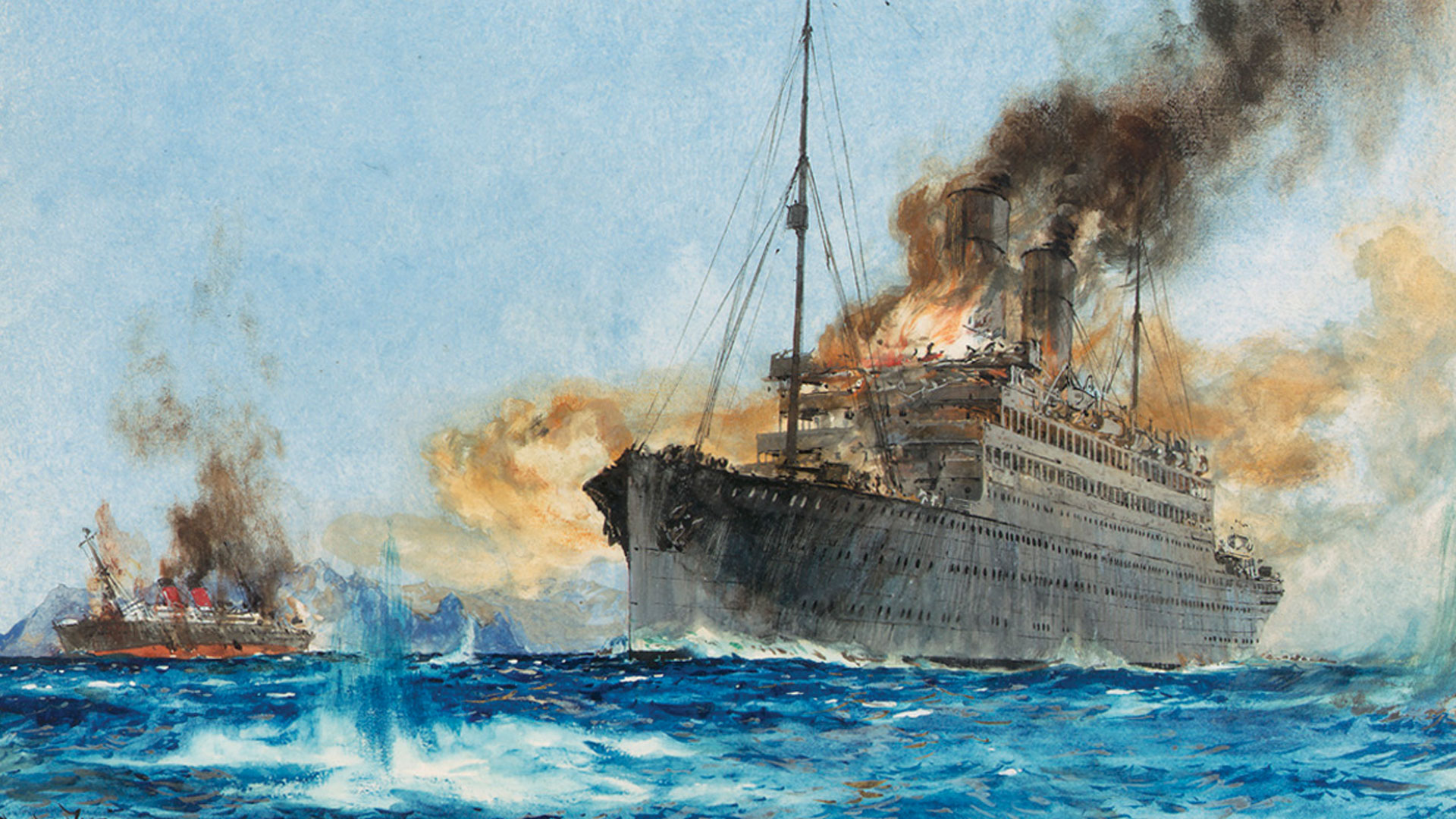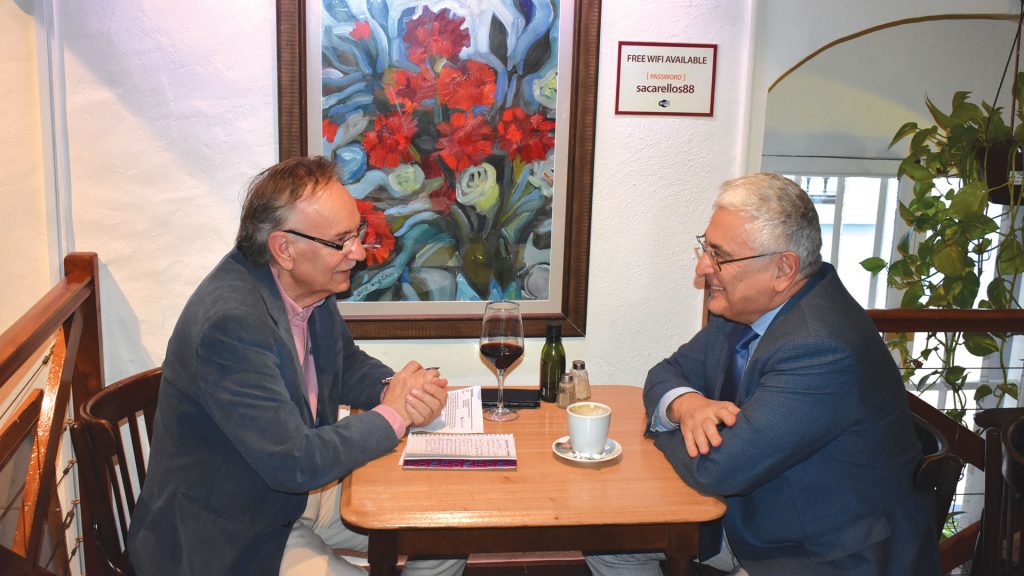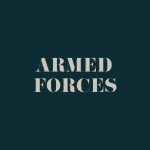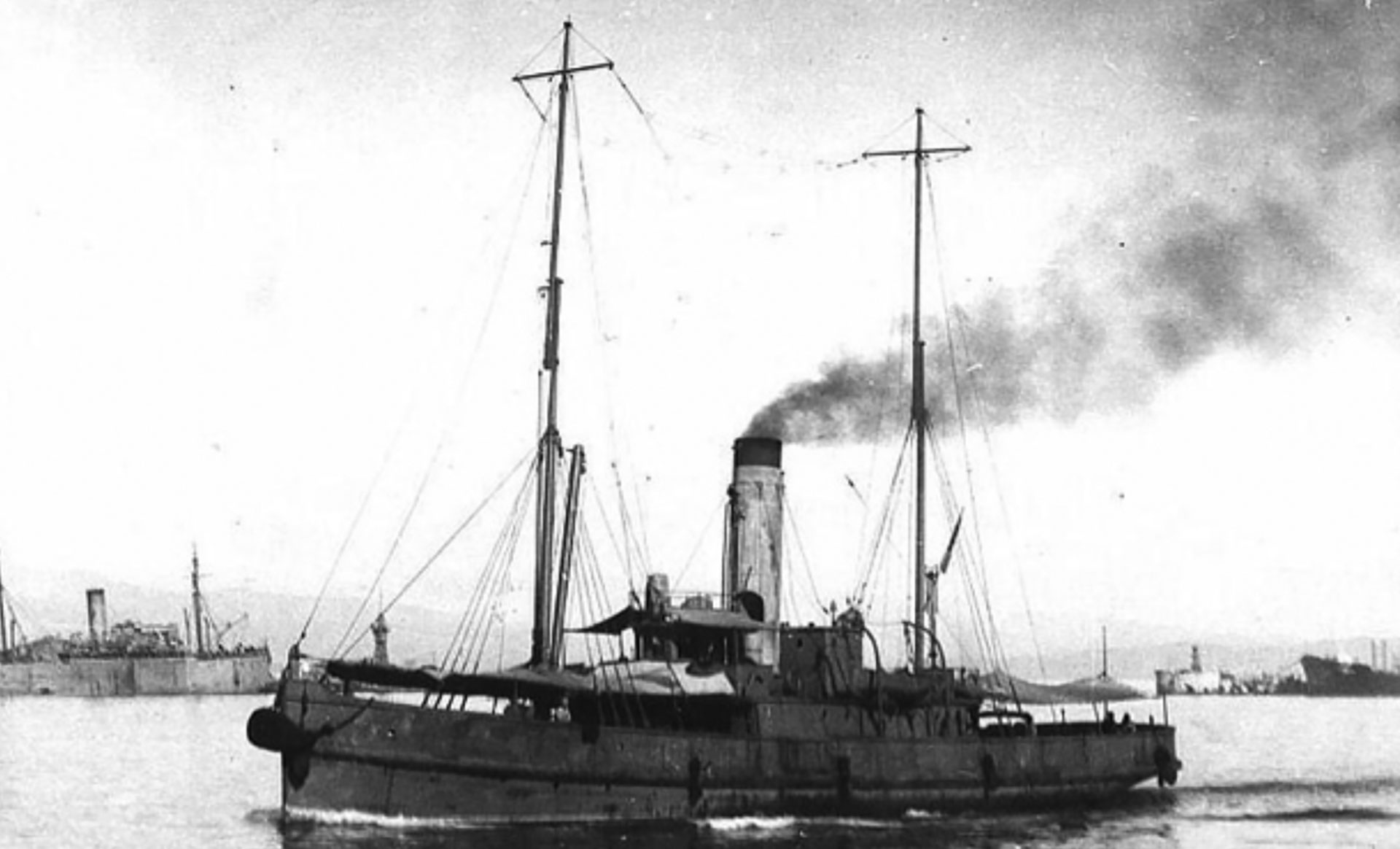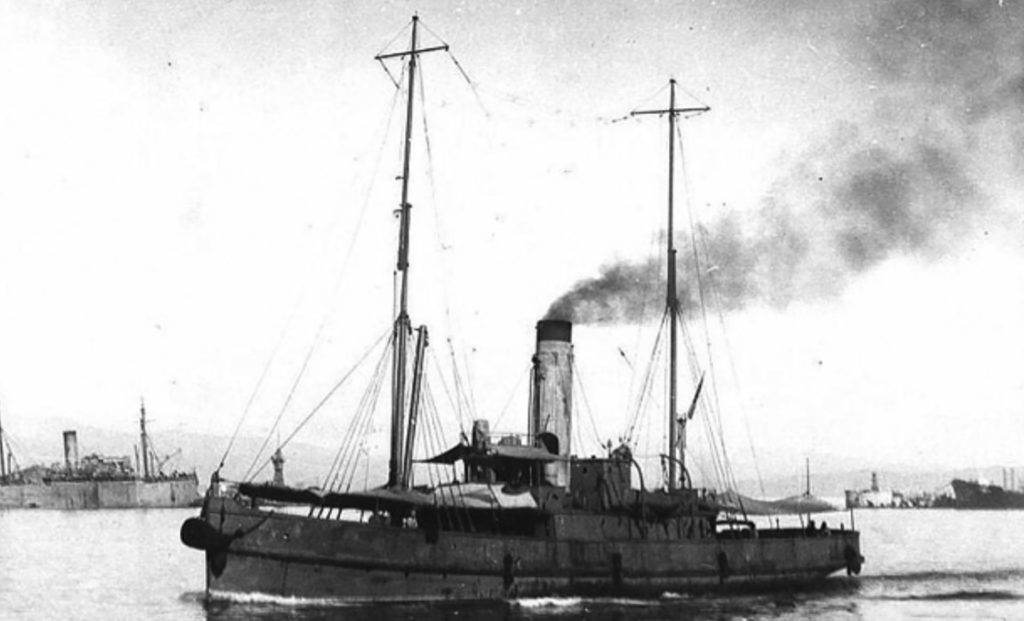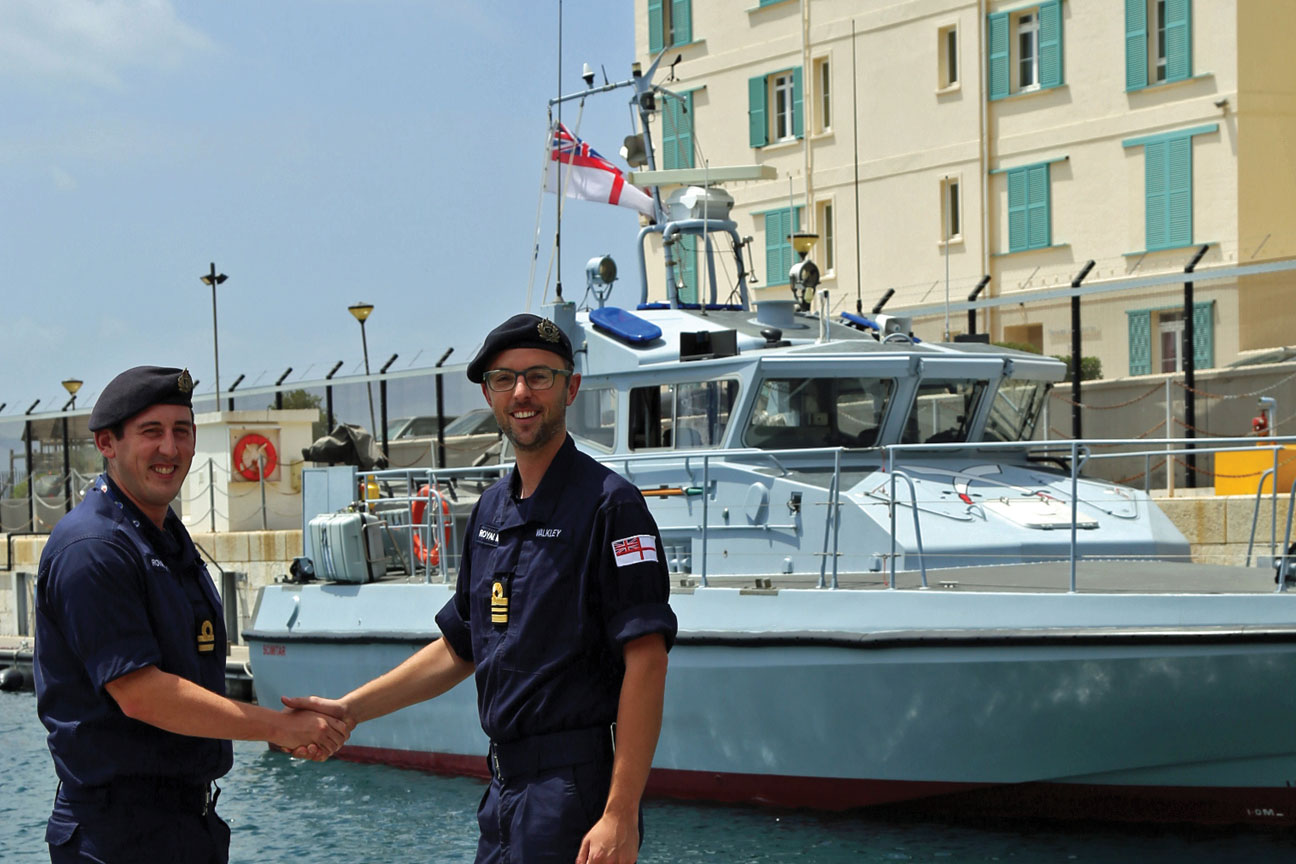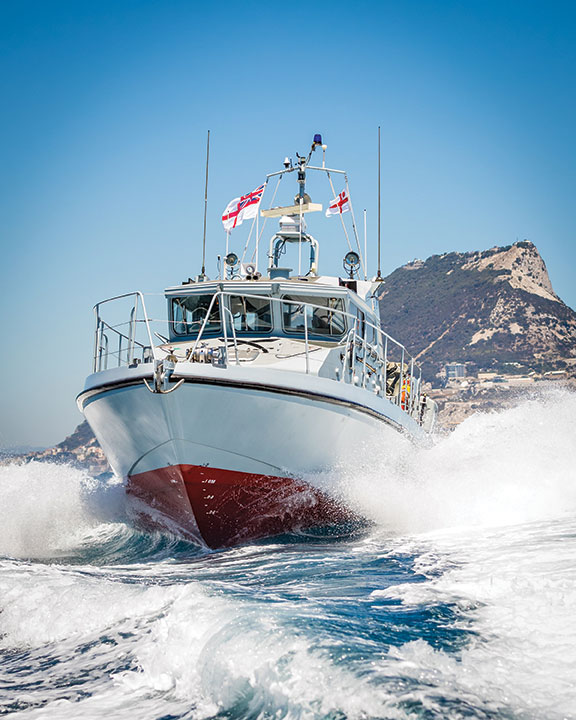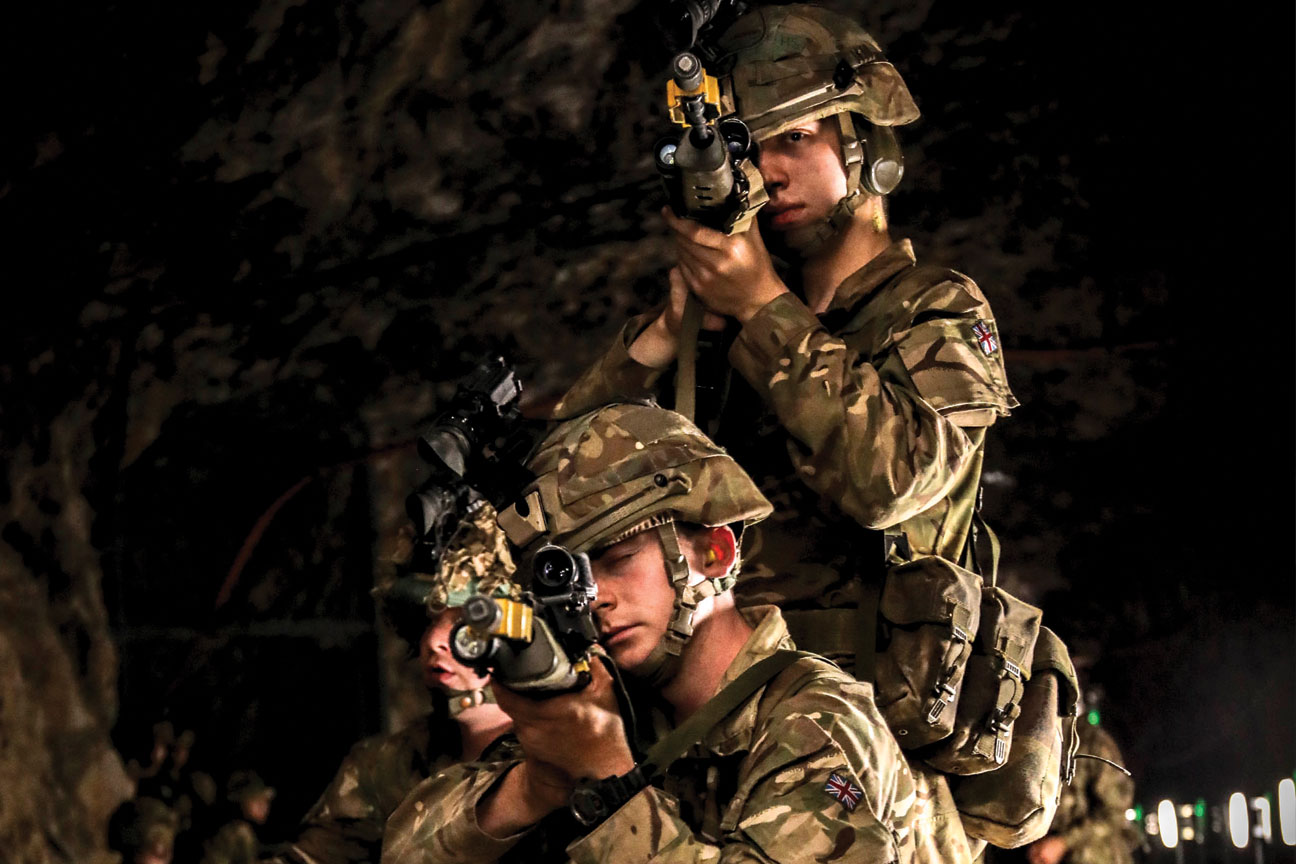The Walls of Gibraltar
The City Walls of Gibraltar
By its very nature and as a fortress, Gibraltar’s walls were for centuries an essential and only means of defense and counter-attack. The main “Line Wall” stretched from north to south along what was, just prior to the turn of this century, the western shore-line.
As such the Moors were the first to have started the construction of this wall, whilst the Spaniards build theirs more or less on top of it. And subsequently during the British period of occupation and in particular during the 19th century this same wall was reconstructed and strengthened and it’s this very same wall that stands out as a unique and distinctive feature to modern-day Gibraltar.

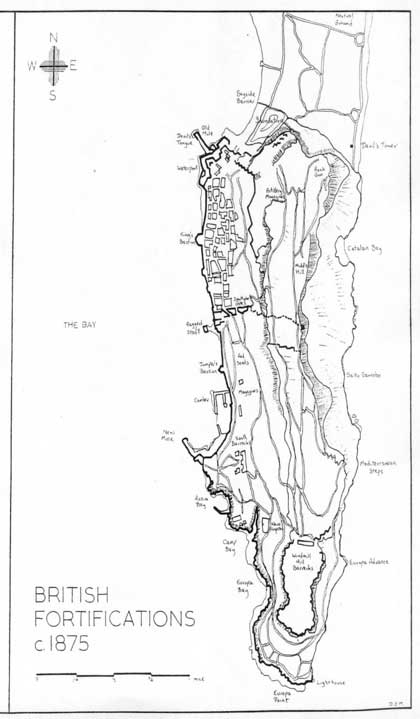
The black lines denote the British fortifications as they were in 1875, the Line Wall that runs from north to south of the western fringe of the Rock, was originally build by the Moors, and later build upon by the Spaniards with added fortifications, and subsequently by the British as well as those constructed by the British themselves.
Apart from the northern and western line of defensive walls, the Moors constructed an east-west wall up the mountain which separated Gibraltar from the north and the south (Very little of this wall is visible today) However the one build by the Spaniards parallel to it in the 16th century, known as Charles V Wall is very much in evidence, which marked the southern boundary limits of the old town.
In contrast with the sheer north face of the Rock and the near vertical precipices of the eastern side, is realization enough, why no defensive walls were ever necessary there.
On August 1st 1704 the Spaniards capitulated the Rock of Gibraltar to the British,(which in 1462 had been taken from the Moors) At the time and under the Spanish Governor who run affairs in Gibraltar most of the defense fortifications and Line Walls had been in a state of dilapidation and in need of repairs for sometime, still this same Governor anticipating the eminent attack upon the Rock, resolved to defend the Rock to it’s last extremities and set about rearming and making ready the fortifications as best as it would have been possible. The fortifications at the time consisted of a strong Line Wall, which had other fortifications such as Towers, Fords, Bastions and Batteries with embrasures for cannon running all along the western fringe, from north to south of the Rock and terminated at both ends with 2 moles, the New Mole and Old Mole Head. Both of which were well armed with heavy ordinance (cannons) and also re-enforcing the Land port (which was the only entrance into Gibraltar at the time) and the Moorish Castle which offered a clear view of the bay. The initial attack was directed upon the New Mole and the ford of Torre del Tuerto (One-eyed man tower) the state of disrepair that both these fortifications had suffered was enough so as not to stand the intense cannonade, and these where soon abandoned, to which the British decided on landing and seizing both these fortifications. The whole of the landing party next advanced northwards along the Line Wall and also seized the Bastion de Santa Cruz (later named Jumpers Bastion in memory of Captain Jumper of H.M.S.Lennox who together with Captain Hicks (also from H.M.S.Lennox) were the first to land on Gibraltar, unfortunately both were blown up with 40 other men when a mine was detonated upon their landing) at the same time and further north a constant barrage of cannonade had been kept on Fort Leandro (Old Mole Head) which resulted in the destruction of the Fort and the capture of the Mole. With the 2 principal defense position taken, the Line Wall now in total possession of the British, and most of their ordinance destroyed, the besieged saw no other option but to capitulate, a flag of truce was raised and the Governor expressed his desire to capitulate the Rock of Gibraltar to the Crown of Great Britain.
Rosia Road
South Jumper’s Bastion, Constructed on top of a previous Spanish Bastion, “Bastion de Santa Cruz” one the first of the Spanish fortifications to have been seized by the British in 1704.
Present day, a sorry state of affairs when taking into consideration the amount of years of total neglect that this heritage site has been left for and the state it finds itself at the present.
It wasn’t long after capitulation that the Spaniards laid siege to the Rock one again, within the preceding 2 following months September and October of 1704, of which both attempts were unsuccessful, since the British had taken the rock they had added and repaired most of the Batteries, Bastions and in particular the Line Wall, together with the Land port which was protected by a Battery of cannon, on the eastern side the Devils
Tower was armed with a cannon and surrounded by a double ditch, whilst to the extreme north of the Rock the Inundation (present area of the Laguna Estate and Glacis Estate) was laid with a formidable system of advance obstacles in the form of double ditches, thereby halting any attack that might come form the Isthmus.
Corral Road
North Bastion and former site of a Spanish Tower. (Torre de la Giralda)
This wall is one the best examples exposed as to the actual construction of the Line Wall which starts here and extends further south, the bottom half and half as much buried under the road level is the Moorish wall with scanty traces of Spanish alterations, whilst the British alterations to the height of the wall are fully appreciated in the different methods of construction using locally quarried material in the form of rectangular or semi-rectangular blocks. A geological lithology (distinctive features of rocks such as texture, fabric and composition) of the wall is indicative that most of the material that make the 3 different types of wall, are of local origin, the same source of material can be found in different places on the Rock.
Article supplied by History Society Gibraltar.
Email: historysocietygibraltar@hotmail.com

